When considering the functionality and versatility of air ride trailers, it’s essential to understand the intricacies involved in hauling them, particularly when the air system is dumped. This guide delves into the multifaceted aspects of using air ride trailers, examining both the technical components and practical implications. Through structured information and detailed explanations, we aim to provide clarity on this pivotal topic for truck operators and fleet owners alike.
Understanding Air Ride Trailers
What Are Air Ride Trailers?
Air ride trailers are equipped with an air suspension system designed to absorb shocks and vibrations from the road. This technology not only enhances cargo protection but also improves ride quality, contributing to safer transport of goods. The benefits of air ride systems encompass:
- Smooth Ride Quality: The cushioning effect reduces jarring motions.
- Load Distribution: Even weight distribution minimizes wear and tear.
- Versatility: Suitable for various cargo types, from delicate goods to heavy machinery.
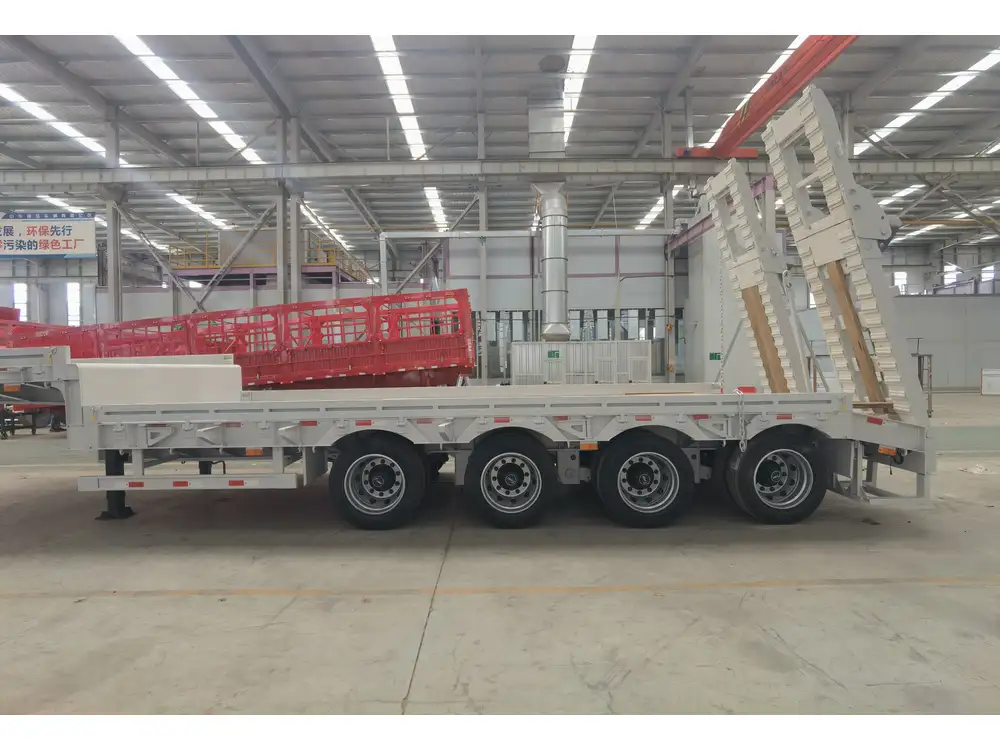
Components of Air Ride Suspension
A typical air ride suspension system comprises several key components that work in harmony. Understanding these parts is crucial for operators:
| Component | Function |
|---|---|
| Air Springs | Act as cushions that absorb shock and maintain ride height. |
| Compressor | Generates air pressure to fill the air springs. |
| Control Valves | Regulate the airflow to adjust suspension height and stability. |
| Ride Height Sensors | Monitor the height of the truck and adjust accordingly. |
The Mechanics of Air Dumping
What Does It Mean to Dump Air?
Dumping air refers to the process of releasing the air pressure from the suspension system of an air ride trailer. This adjustment is often used when loading or unloading cargo, allowing for easier access and stability. The air can be dumped to lower the trailer’s height, facilitating smooth loading or unloading activities.
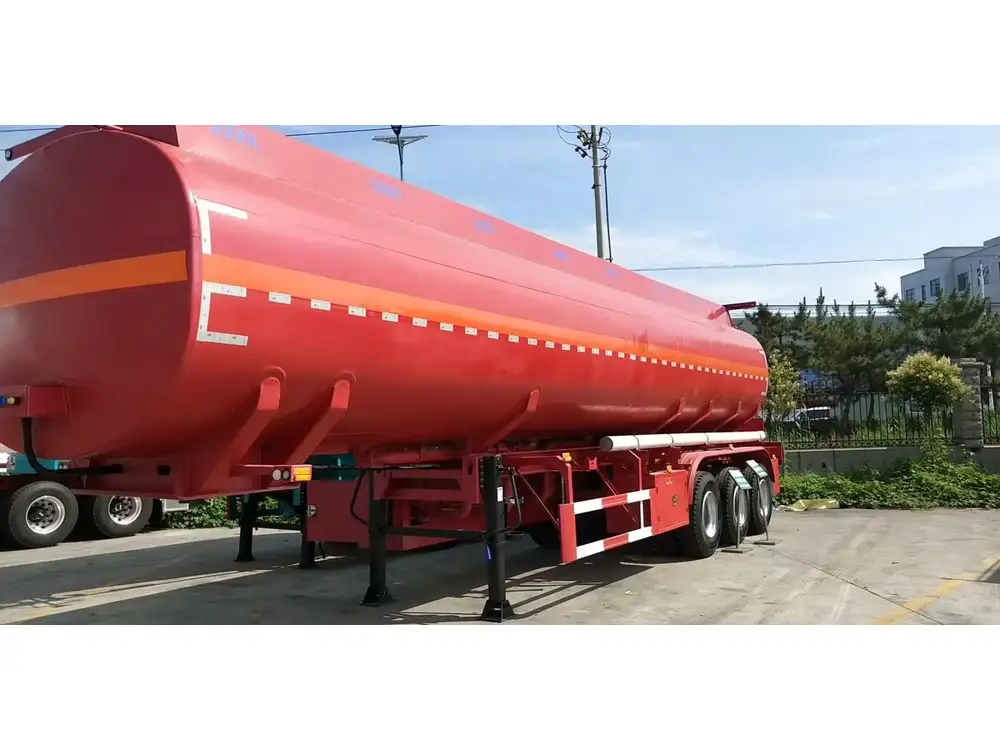
Reasons for Air Dumping
- Enhanced Accessibility: Lowering the trailer makes it easier for forklifts to access the cargo.
- Stability During Loading: A lowered position can provide a more stable base, reducing the risk of tip-over.
- Easier Maneuverability: Particularly in tight spaces, lower trailers can navigate more freely.
The Implications of Hauling with Air Dumped
Potential Challenges
While air dumping presents certain advantages during loading and unloading, there are also inherent challenges involved in hauling an air ride trailer with the suspension dumped:
- Increased Stress on Suspension: Operating a trailer in a deflated state can lead to excess wear on components.
- Reduced Control: A dumped air suspension might compromise handling and maneuverability on the road.
- Cargo Security Concerns: Ensuring cargo remains secure can become more complex when the trailer height varies.
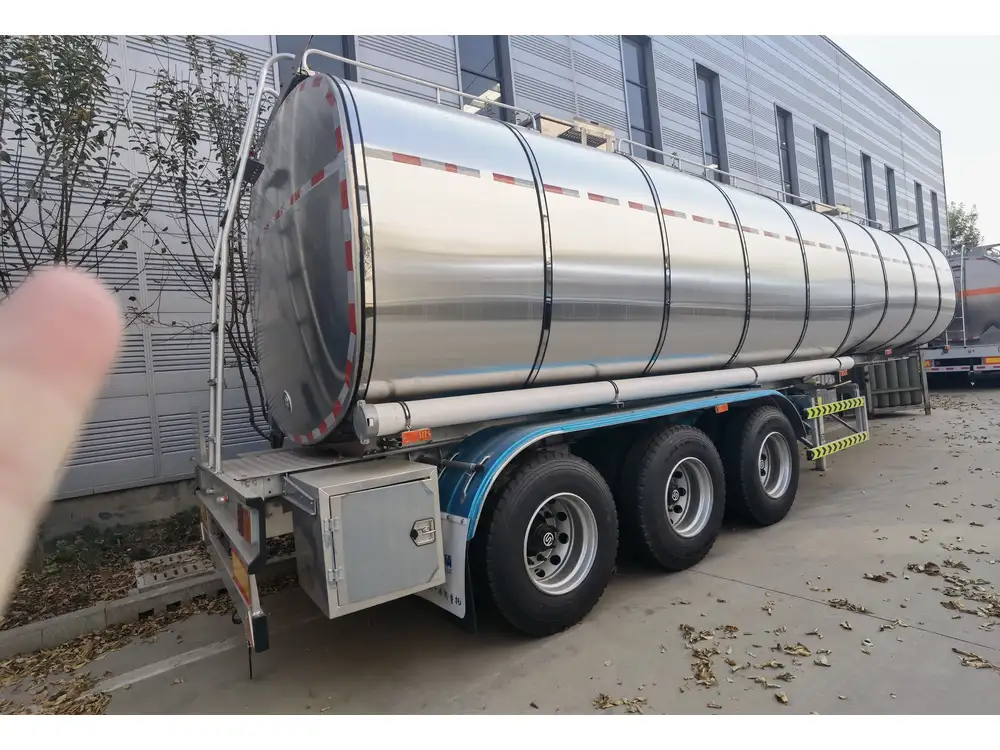
Essential Considerations
For operators contemplating hauling with the air dumped, several factors should be acknowledged:
| Consideration | Details |
|---|---|
| Cargo Type | Ensure the cargo can withstand uneven motion and potential shifts. |
| Weight Distribution | Maintain optimal load balance to prevent swaying or tipping. |
| Operating Conditions | Assess road and weather conditions that may affect handling. |
Best Practices for Hauling Air Ride Trailers
Performing Pre-Haul Inspections
Before embarking on a journey with an air dumped trailer, conducting thorough pre-haul inspections is imperative. Check the following:
- Air System Functionality: Ensure that the compressor, valves, and sensors are operational.
- Tire Condition: Inspect tires for proper inflation and tread wear.
- Load Security: Verify that cargo is properly secured to prevent movement during transit.
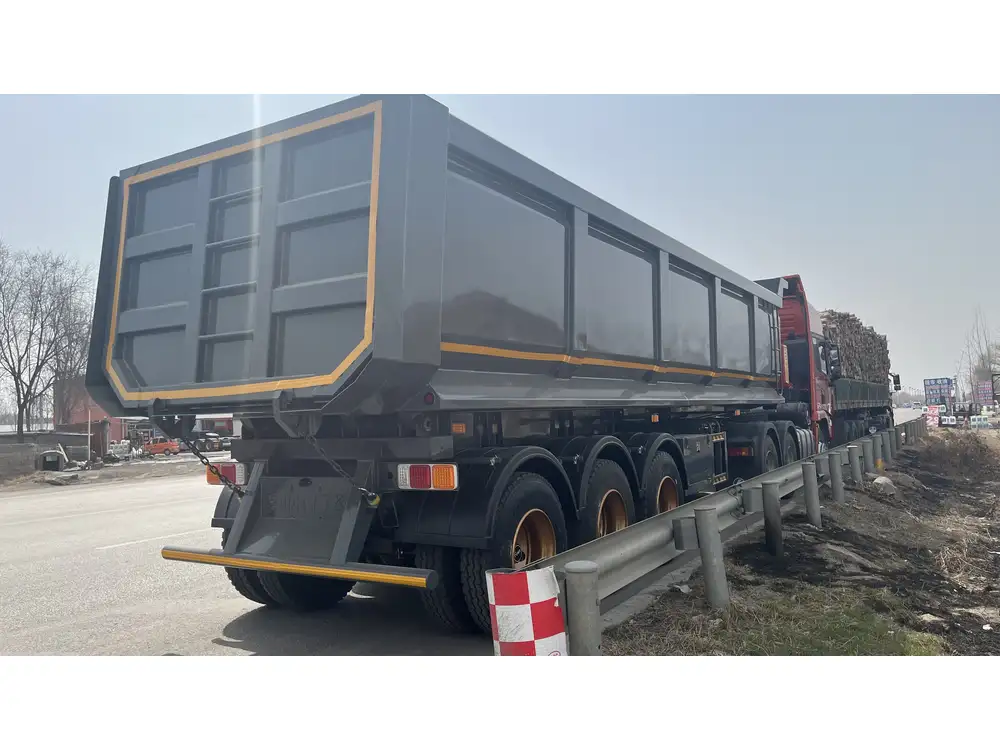
During Transportation
Once on the road, adhering to certain practices can mitigate risks associated with hauling an air ride trailer with air dumped:
- Maintain a Steady Speed: Rapid acceleration and deceleration can destabilize the trailer.
- Use Caution on Turns: Greater caution is needed, as a lower center of gravity might lead to a different handling response.
- Monitor Air System Regularly: Keep an eye on air pressure levels to ensure quick adjustments can be made if needed.
Post-Transport Evaluations
After delivery, conduct a thorough post-transport evaluation to identify any potential issues that may have arisen:
- Inspect the Suspension System: Look for any signs of wear, leaks, or damage.
- Check Cargo Condition: Ensure that the cargo has arrived in good condition, without signs of movement or damage.
- Record Maintenance Needs: Document any findings and schedule necessary repairs.
Legal and Regulatory Considerations
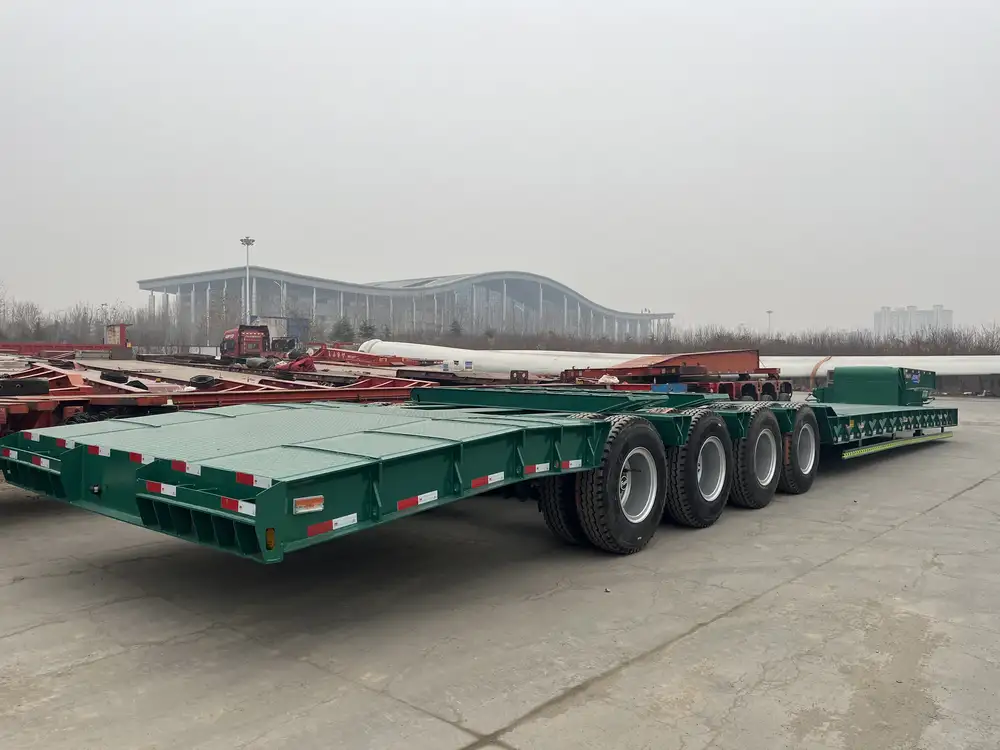
Compliance with Weight Regulations
When hauling an air ride trailer, it’s crucial to remain compliant with weight regulations. Overloading can severely impact handling and may lead to accidents. Operators should keep abreast of the following regulations:
- State and Federal Weight Limits: Adhere to laws governing weight restrictions on highways.
- Vehicle Specifications: Ensure the trailer and truck’s specifications fall within legal limits.
Insurance Implications
Insurance coverage can vary based on the type of trailer and the configuration used during transport. It’s advisable to review the insurance policy to ensure adequate coverage for an air ride trailer, particularly when operating with the air dumped.
Conclusion: Making Informed Decisions
Hauling an air ride trailer with the air dumped is a multifaceted consideration requiring knowledge, preparation, and awareness of both the technical aspects and regulatory implications involved. By understanding the mechanics of air ride systems, recognizing the practical challenges, and adhering to best practices, operators can make informed decisions that enhance safety and efficiency.
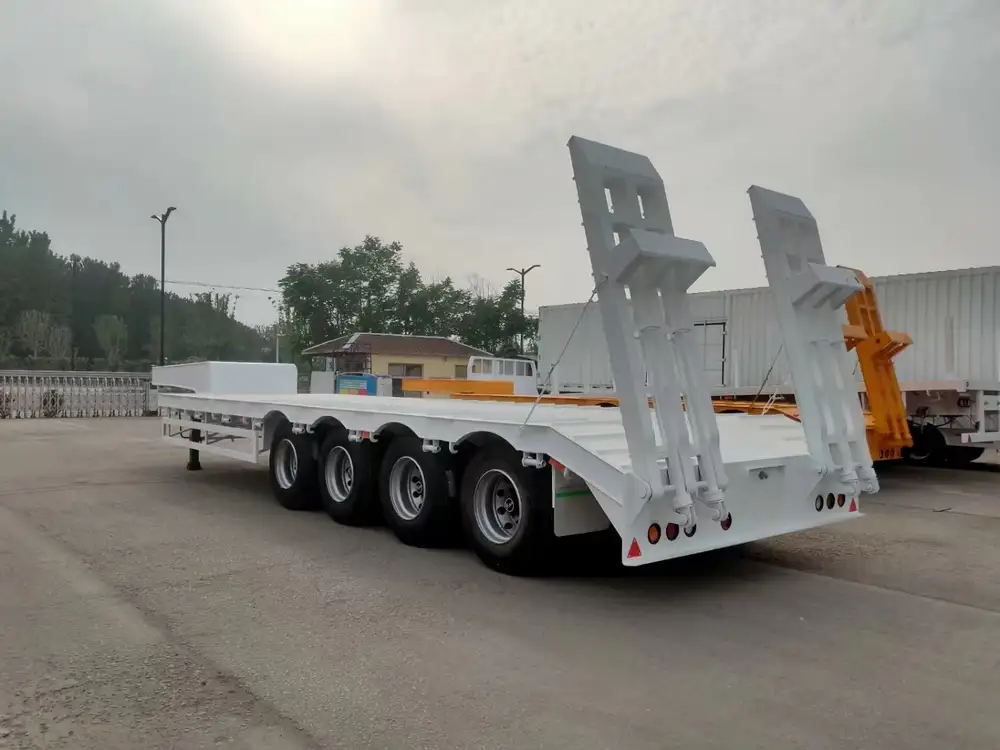
Key Takeaways
- Thorough Inspections: Always conduct pre-haul and post-transport inspections.
- Understanding Load Dynamics: A good grasp of how cargo interacts with the air ride system is imperative.
- Safety First: Prioritize safety protocols and legal compliance to ensure successful operations.
In conclusion, while air dumping provides benefits for loading and unloading, understanding how to properly manage this practice while hauling an air ride trailer ensures integrity, safety, and efficiency in transport operations. Be informed, prepared, and proactive in your approach to maximize the advantages that an air ride trailer can offer.



